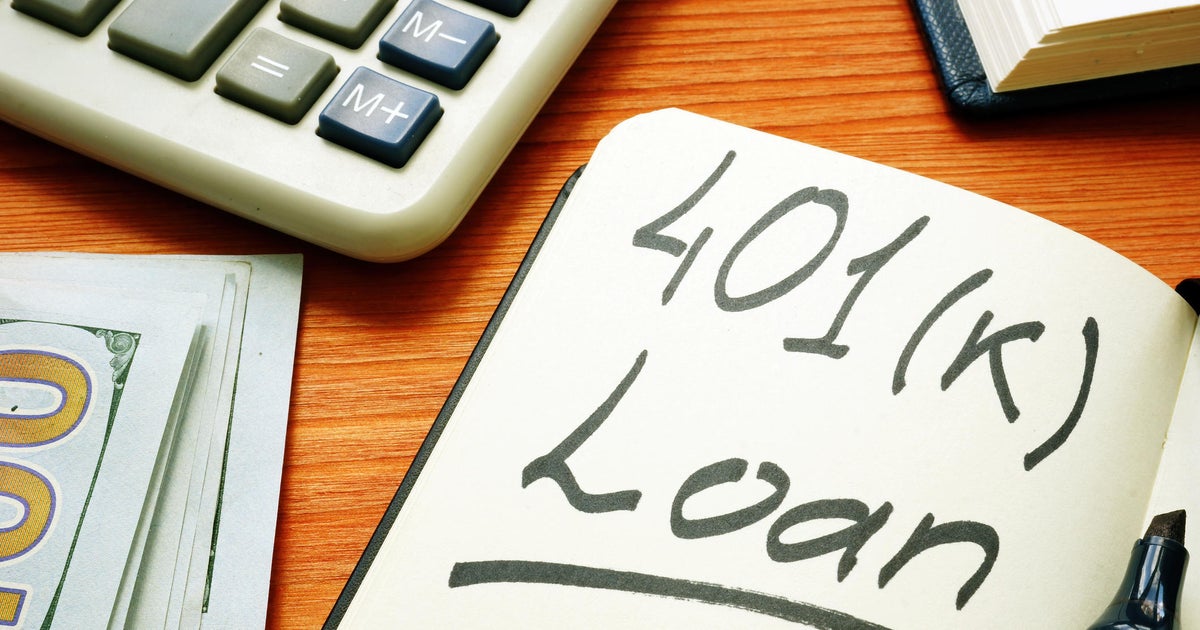SpaceX launches Dragon cargo ship to space station with fresh food, science gear and Girl Scout experiments
Ending a two-month launch drought, a SpaceX Falcon 9 rocket boosted a Dragon cargo ship into orbit early Sunday for the company's 23rd supply run to the International Space Station, this one carrying 4,300 pounds of equipment, science gear, food and other supplies.
Running 24 hours late because of stormy weather, the countdown ticked smoothly to zero and the nine Merlin engines in the Falcon's first stage ignited on schedule at 3:14 a.m. EDT, pushing the rocket away from pad 39A at the Kennedy Space Center atop 1.7 million pounds of thrust.
The first stage, making its fourth flight, powered the vehicle out of the thick lower atmosphere and then fell away, handing off to the rocket's second stage to continue the climb to space.
A few seconds after separation, the first stage flipped around, restarted three engines to reverse course, plunged back into the lower atmosphere and landed on SpaceX's new droneship, "A Shortfall of Gravitas," the company's third sea-going landing pad. Touchdown marked the 90th booster recovery for SpaceX, its 67th at sea.
For its first booster recovery, the new barge was towed to the touchdown point. But the ship is designed to carry out future recoveries on its own.
"It was designed and built to travel out to sea, find its position, receive the rocket and then actually secure the rocket to the ship, all robotically ... and then travel back to port for it to be offloaded completely autonomously," said Sarah Walker, SpaceX director of Dragon mission management.
"We're in the final phases of testing out all of that capability," she said. "I'm really excited to see this vehicle come online. We really need it."
About one minute after the first stage landed, the Falcon 9's second stage completed the climb to a preliminary orbit and released the Dragon cargo ship to fly on its own 11 minutes and 45 seconds after liftoff.
The capsule was launched directly into the plane of the space station's orbit and if all goes well, the spacecraft will catch up with its quarry around 11 a.m. Sunday, gliding in for an automated docking at the lab's forward port.
The Dragon is packed with 2,305 pounds of science gear, nearly 1,000 pounds of needed equipment and spare parts and 1,058 pounds of crew supplies, including "a pretty good amount of fresh fruit," said Joel Montalbano, space station program manager at the Johnson Space Center in Houston.
"We have lemons, onions, some avocado, some cherry tomatoes," he said. "We're also flying some ice cream. That's a big hit with our crew members."
Science investigations being delivered to the station include experiments to study therapies to mitigate bone deterioration in weightlessness; a device to study eyesight problems caused by prolonged exposure to microgravity; experimental robot arm technology; and research to study the long-term effects of the space environment on a variety of building materials.
And in a bid to encourage interest in science among young women, three Girl Scout experiments are on board.
One will assess how ants tunnel in weightlessness, another will study how tomatoes, peppers and lemongrass grow in space, while the third will look into whether brine shrimp can be raised in microgravity to possibly serve as a source of protein for future astronauts on long-duration flights.
The Dragon is expected to remain attached to the station until the end of September. By then, the new supplies and equipment will have been offloaded and the ship re-packed with experiments and other material that will be returned to Earth, including footage shot from a high-resolution 3D camera system that will be shot during a planned September 12 spacewalk.
NASA astronaut Mark Vande Hei and Japanese crewmate Akihiko Hoshide had planned to carry out the spacewalk this past Monday, but the excursion was put on hold when Vande Hei developed a pinched nerve.
The spacewalk has now been rescheduled for September 12, with French astronaut Thomas Pesquet taking Vande Hei's place. That will ensure 3D camera footage of the outing can be returned to Earth aboard the cargo Dragon at the end of September. The photography is part of a commercial project to capture immersive scenes of life in orbit.






